The coronavirus has nothing to do with Corona beer. But, some people seem to think so. - USA TODAY
The coronavirus has nothing to do with Corona beer. But, some people seem to think so. - USA TODAY |
- The coronavirus has nothing to do with Corona beer. But, some people seem to think so. - USA TODAY
- News Corp. launches Knewz aggregation service with 400 publishers - New York Post
- Apple’s redesigned Maps app is available across the US, adds real-time transit for Miami - TechCrunch
- Coronavirus outbreak: Facebook, Google, YouTube and Twitter scramble to contain misinformation - USA TODAY
- Searching for information on Iran's missile strike? Google, YouTube lean on trusted sources; Facebook doesn't - USA TODAY
| The coronavirus has nothing to do with Corona beer. But, some people seem to think so. - USA TODAY Posted: 29 Jan 2020 04:34 AM PST The coronavirus has nothing to do with Corona beer, but some people online seem to think so. USA TODAY As new coronavirus outbreak continues to spread, some people seem to think that the deadly outbreak is somehow related to Corona beer. It's not. The alcoholic beverage from Mexico showed a surge in Google searches in the past week, along with the term "corona beer virus" and "beer virus." In the United States, Google Trends calculated that 57% of the people that searched one of those terms searched for "beer virus," and the remaining 43% searched for "corona beer virus." States like Hawaii, New Mexico and Kansas are searching "beer virus" more, whereas states like South Carolina, Colorado and Arizona are searching "corona beer virus" more. Coronavirus has spread from Wuhan, China, to countries across the world. But how do you know you have it? Here are some signs to watch out for. USA TODAY Google Trends tweeted Tuesday that "coronavirus symptoms" had spiked +1,050% this week. The search engine also included top questions on the coronavirus from the past 24 hours which included "what is coronavirus" and "is coronavirus deadly." Google and Constellation Brands did not immediately respond to USA TODAY's request for comment on the recent search surge. Chinese authorities confirmed at least 5,500 cases of the coronavirus and 131 people dead from the outbreak. The epicenter of the outbreak is Wuhan, a city of 11 million people, but during their Tuesday news conference, officials from the Centers for Disease Control and Prevention and the U.S. Department of Health and Human Services said there were 60 cases in 13 other countries outside of China, including five in the U.S. Coronaviruses are a large family of viruses that cause illness ranging from the common cold to more severe diseases, from pneumonia to Middle East respiratory syndrome, known as MERS, and severe acute respiratory syndrome, or SARS. Common signs of infection include fever, cough, shortness of breath and breathing difficulties. In more severe cases, infection can cause high fever, kidney failure and death. Contributing: Julia Thompson and Curtis Tate, USA TODAY. Follow Adrianna Rodriguez on Twitter: @AdriannaUSAT. Read or Share this story: https://www.usatoday.com/story/money/business/2020/01/29/coronavirus-corona-beer-surges-on-google-trends-as-virus-spreads/4606997002/ |
| News Corp. launches Knewz aggregation service with 400 publishers - New York Post Posted: 29 Jan 2020 04:20 PM PST  News Corp. started a news-aggregation service on Wednesday to compete against Big Tech, which is decried for selling ads against news stories — and for profiting off the work of journalists they don't pay. Knewz.com is ad-free and features stories from 400 publishers seeking to take back their content from Silicon Valley powerhouses such as Google and Facebook. "Readers will have access to publishers large and small, niche and general in all 50 states," News Corp. Chief Executive Robert Thomson said in a statement. "Knewz is unique in that readers can, at a single glance, see multiple sources," he added. "It is not egregious aggregation but generous aggregation. There are mastheads from across the political and regional spectrum, and premium publishers will not be relegated in the rankings." Publications included in the Knewz beta test include The Washington Post, The New York Times and News Corp.-owned publications, such as The Wall Street Journal and the New York Post. The digital news service also features stories from a range of smaller papers, including the Anchorage Daily News and Winston-Salem Journal, as well as magazine-style publications, such as The Nation and Mother Jones and the opinion Web site Newsmax. Bleacher Report, Essence and Out are also in the mix, as is Fox News and overseas publications like Al Jazeera, the BBC and the Daily Mail. The site provides headlines and short summaries of each story and will allow readers to click through to each publication's own Web site. Last year, the worldwide digital ad market totaled $329.63 billion, with Google pulling in 32 percent, while Facebook grabbed 21.1 percent, according to eMarketer. Big Tech has drawn criticism from publishers because it does not share profits or reader data with content suppliers, while Knewz vows to share as much data with publishers as possible in order for them to better monetize their own content. |
| Posted: 30 Jan 2020 10:50 AM PST Apple's updated and more detailed Maps experience has now rolled out across the U.S., the company announced this morning. The redesigned app will include more accurate information overall as well as comprehensive views of roads, buildings, parks, airports, malls and other public places. It will also bring Look Around to more cities and real-time transit to Miami. The company has now spent years upgrading its Maps experience to better compete with Google Maps, which Apple replaced with its own Maps app in 2012. That launch didn't go well, to say the least. Apple CEO Tim Cook even had to apologize for how Maps fell short of customers' expectations and promised Apple would do better going forward. Over time, Apple has been making good on those promises, by updating Maps with better data and notably, by announcing a ground-up rebuild of the Maps platform back in 2018. Last year, Apple also introduced the new "Look Around" feature in iOS 13 — essentially Apple's version of Google Street View, but one that uses high-resolution 3D views that offer more detail and smoother transitions. iOS 13 also brought more Maps features, like real-time transit schedules, a list-making feature called Collections, Favorites and more.
However, some of these Maps updates have been slow to roll out. Look Around, for example, has only been live in major cities, including New York, the San Francisco Bay Area, LA, Las Vegas, Houston and Oahu. With the nationwide launch, it's safe to assume you're about to see it pop up in more major metros, though Apple hasn't provided names of which ones will get it first. Real-time transit information is offered only in select major cities, including the San Francisco Bay Area, Washington, D.C., New York and LA. Today, Apple is adding Miami to that list of supported cities offering real-time transit, just in time for Super Bowl weekend. Over the course of 2019, Apple's improved, more detailed Maps experience has steadily expanded across the U.S., finally arriving in the North East as of last fall.
Today, the new Maps experience it's starting to go live across all of the U.S. But that doesn't necessarily mean you'll see it right away when you launch the Maps app — the rollout is phased. "We set out to create the best and most private maps app on the planet that is reflective of how people explore the world today," said Eddy Cue, Apple's senior vice president of Internet Software and Services, in a statement about the launch. "It is an effort we are deeply invested in and required that we rebuild the map from the ground up to reimagine how Maps enhances people's lives — from navigating to work or school or planning an important vacation — all with privacy at its core. The completion of the new map in the United States and delivering new features like Look Around and Collections are important steps in bringing that vision to life. We look forward to bringing this new map to the rest of the world starting with Europe later this year," he added.
The updated Apple Maps includes Look Around and real-time transit in some markets, Collections, Favorites, a Share ETA feature, flight status information for upcoming travel, indoor maps for malls and airports, Siri natural language guidance and Flyover — a feature offering immersive, 3D views of major metros, as seen from above. The latter is available across more than 350 cities. Going forward, Apple will use the imagery it collects to deliver Look Around to more U.S. markets and begin to upgrade the Maps platform in Europe.
Maps' biggest selling point today, however, may not be the sum of its feature sets. Instead, Maps' standout feature is its focus on privacy. While Google does use the data collected from Google Maps for many handy features — like reporting on a business's busiest times, for example — it's not a private app. In fact, it's so not private that Google had to add an "incognito mode" as an option for users who didn't want their Maps app collecting data on them. Apple, meanwhile, notes that its app requires no-sign in, isn't connected to your Apple ID and its personalized features are implemented using on-device intelligence, not by sending data to cloud servers. In addition, any data collected when using Maps, like search terms, navigation routing and traffic information, is only associated with random identifiers that continually reset to protect user privacy.
Apple also uses a process called "fuzzing" that converts a precise location where a Maps search originated to a less precise one after 24 hours. And it doesn't retain a history of what a user has searched for or where they've been. In an era where people assume, usually correctly, that the mere act of launching an app is an agreement to have their data collected, Apple's increased emphasis on user privacy is welcome and a good reason to try Apple Maps again, if you never came back to it after the shaky launch. Apple Maps, now used in over 200 countries, is available on iPhone, iPad, Mac, Apple Watch and in cars via CarPlay. |
| Posted: 29 Jan 2020 11:57 AM PST Coronavirus has spread from Wuhan, China, to countries across the world. But how do you know you have it? Here are some signs to watch out for. USA TODAY Hoaxes about the coronavirus are spreading as fast, if not faster, than the actual virus on Facebook, YouTube and Twitter, and the social media platforms are scrambling to contain the global outbreak. Some of the stories making the rounds: The virus originated in a seafood and meat market in Wuhan. Parents abandoning their children in an airport. FEMA proposing martial law to contain the coronavirus. The U.S. patented a vaccine years ago for the coronavirus. All false and all examples of misinformation posted on the internet and shared on social media or on messaging platforms such as WhatsApp. Health topics are a common target of misinformation peddlers looking to mislead people with dubious information. Misinformation about disease outbreaks is even harder to control because of the intensity of public interest and fear and the flood of posts and videos. Coronavirus outbreak: American Airlines cuts China flights, joining United, foreign carriers Economic fallout spreads: Businesses restrict travel to China, close stores Twitter says it has begun steering users to the Centers for Disease Control and Prevention, surfacing "authoritative health sources" when users search for terms related to the coronavirus. "We've launched a new dedicated search prompt to ensure that when you come to the service for information about the #coronavirus, you're met with credible, authoritative information first," the company said in a blog post Wednesday. Twitter has also stopped auto-suggest results that direct users to bogus content. Facebook says it's placing warning labels on falsehoods – including some posts hawking treatments – and sending notifications to users who have shared debunked content. In some cases, the content is being shared in private Facebook groups that popped up after the virus began spreading, The Washington Post reported. Google says it's promoting authoritative sources such as health experts, public health institutions or media outlets at the top of search results and in "watch next" panels on YouTube. Google says it puts even more emphasis on authoritative sources when it comes to sensitive topics such as health information. YouTube has invested heavily in prioritizing videos from legitimate sources to reduce the spread of misinformation, Google said. Because it can take time to produce high-quality videos containing verified information, YouTube is showing short previews of news articles about the coronavirus outbreak in search results on YouTube. Even TikTok is not immune. BuzzFeed is keeping a running list of debunked coronavirus claims on social media from its origin to treatments to fabricated government communications. Coronavirus has nothing to do with beer: But, some people seem to think so. Tourism industries suffer: 'China is a critically important market' Axios reported that "nearly 13,000 posts across Twitter, public Facebook pages, and Reddit between January 24 and January 27 had spread conspiracy theories, including that the virus "may be a bioweapon or a depopulation method." Part of the challenge: the growing volume of social media posts, legitimate and not. Twitter says it has seen 15 million tweets in the past four weeks, and "that trend looks set to continue." How to avoid spreading coronavirus misinformation
Read or Share this story: https://www.usatoday.com/story/tech/2020/01/29/coronavirus-symptoms-facebook-youtube-twitter-misinformation/4610730002/ |
| Posted: 07 Jan 2020 12:00 AM PST Searches for information about Iran's missile strike against U.S. troops at a pair of Iraqi military bases Tuesday night were more right than wrong on Google and YouTube, a change from past situations that saw fake stories rise to the top. Searches on Facebook, however, took users to non-trusted sources in other countries, and to organizations most USA TODAY readers wouldn't be familiar with. Google and YouTube produced stories from news organizations most of us have grown up with. A search for "Iran attacks United States" produced results from the New York Times, Fox, CNN, CBS, BBC, Bloomberg and others, as well as tweets from President Donald Trump, Iran's prime minister and a Washington Post reporter, while YouTube had much of the same, minus the tweets. Facebook, which has vowed many times to clean up its act after tampering by the Russians in the 2016 election, pointed users to video reports from mostly unknown sources. The search for the same query produced three videos, a Pakistan journalist named Awami Awaz, a "personal blog" called "Army Power" and WION from India. None had the blue "verified" check mark, which Facebook shows to verify to users that these are trusted sources. On Twitter, it wasn't hard to find some misleading tweets, like the one from self-described screenwriter Mark Hughes saying that 20 soldiers had died, or Breitbart's announcement as fact that comedian George Lopez had agreed to assassinate Trump. (That was part of a routine.) On YouTube, misleading headlines could play havoc with viewers. The U.S. has not declared war on Iran. But South Africa's SABC TV posed the question: "Has the US just declared war?" A non-trusted source, a YouTuber named Gmshawaii Ba, said flatly, "The draft is coming back." And the obviously parody International Inquirer used this headline: "12 year old children now eligible for draft." Not when there isn't one. Meanwhile, the internet is ripe with "deepfake," videos, which have been reedited and computer-altered to look real. How to tell if the video is fake? Start with trusted sources. Does it come from a reliable news organization you've lived with all your life, or someone you've never heard of? Is the video low-resolution or grainy? Is it a single person talking in the video? Is it relatively short -- say 30 seconds or 60 seconds long? Those are usually telltale signs the video is potentially fake. Some of the other telltale signs discernible to the naked eye, according to Subbarao Kambhampati, a computer science professor at Arizona State University: Different-size eyes or ill-formed teeth, or more than two eyes, or inconsistencies in the background of the video. Follow USA TODAY's Jefferson Graham (@jeffersongraham) on Twitter. Read or Share this story: https://www.usatoday.com/story/tech/2020/01/07/iran-missile-attack-google-youtube-search-results/2840044001/ |
| You are subscribed to email updates from "google usa news" - Google News. To stop receiving these emails, you may unsubscribe now. | Email delivery powered by Google |
| Google, 1600 Amphitheatre Parkway, Mountain View, CA 94043, United States | |
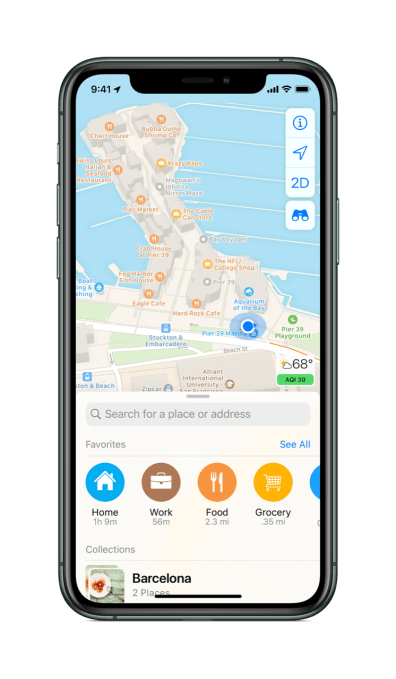
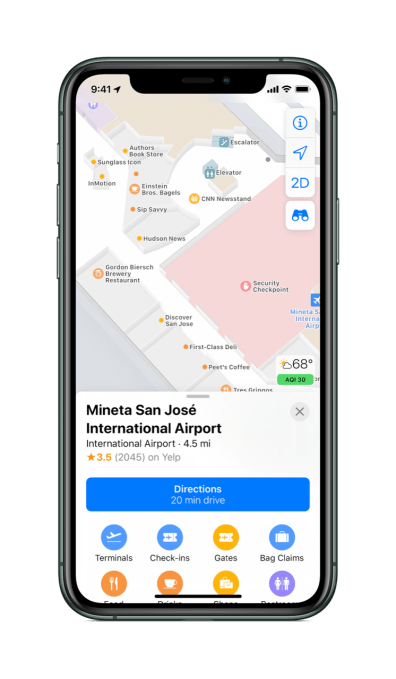
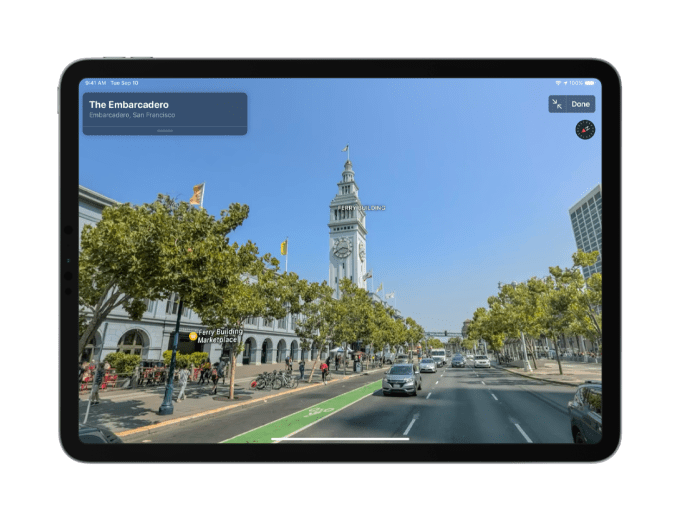
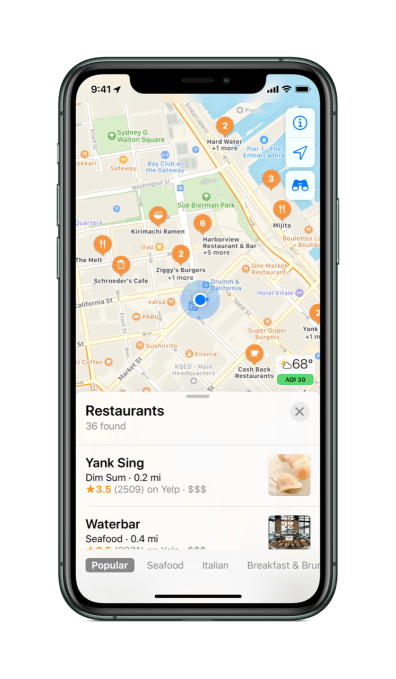
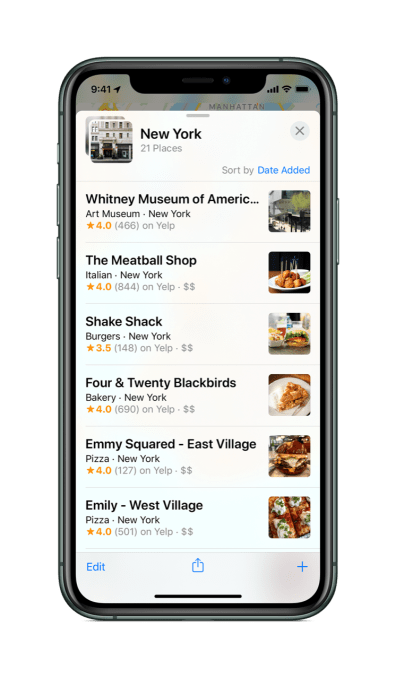
Comments
Post a Comment